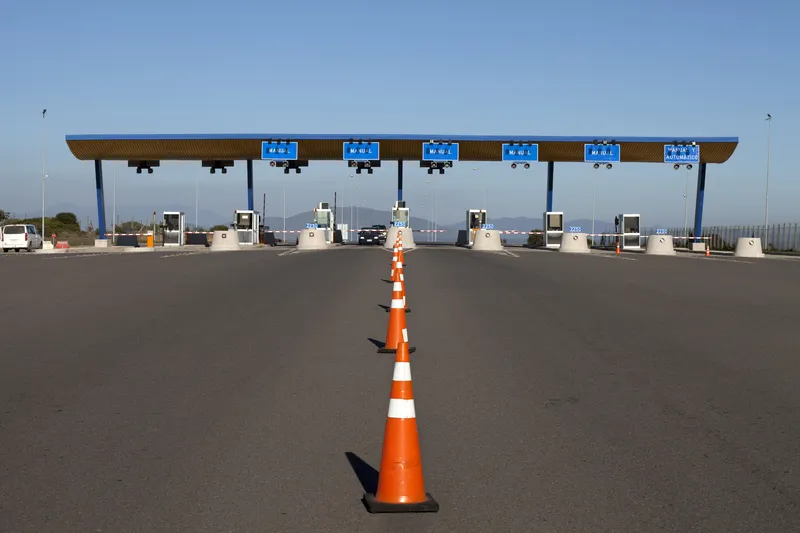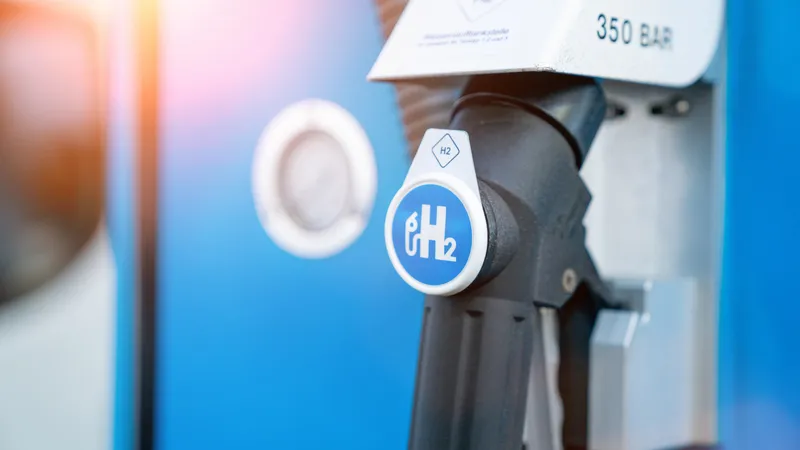
Toll specialist Emovis is launching what it calls a new 'centre of excellence' for its image-reviewing services this month.
It will operate from two existing locations in Santiago, Chile and San Juan, Puerto Rico; the company says it has chosen a multi-site approach "to guarantee service continuity and to maximise resilience to potentially external disruptive factors".
Image-review services are crucial for free-flow tolling or road user charging programmes, and allow for thousands of photographs of vehicles using Emovis’ toll roads and highways to be manually checked.
"By combining decades of experience manually processing toll transactions with automation, machine learning and fingerprinting technologies, Emovis ensures a reduction in fraud and revenue leakages for road authorities, overall increase in collections, as well as providing a high-quality data-safe service to road users," the company insists.
It adds that operations must maintain 'demanding' service levels and must have the flexibility to react immediately "to unexpected increases in workload (surges in traffic) as well as reductions in capacity due to natural or technological disasters or unavailability of operating personnel".
“Excellence in back-office systems are the backbone of well-functioning operations,” says Christian Barrientos, CEO of Abertis Mobility Services.
“This new multi-site centre of excellence will be key to providing a flexible, resilient service which allows us to increase quickly the productivity and throughput of our services guaranteeing the quality and service levels we offer to our clients."
Victor Montenegro, commercial director of ViasChile, says: “A service which can run from both Chile and Puerto Rico is crucial for roads in these regions, as well as in others, where a sudden increase in demand requires an immediate response and a quick reaction".










